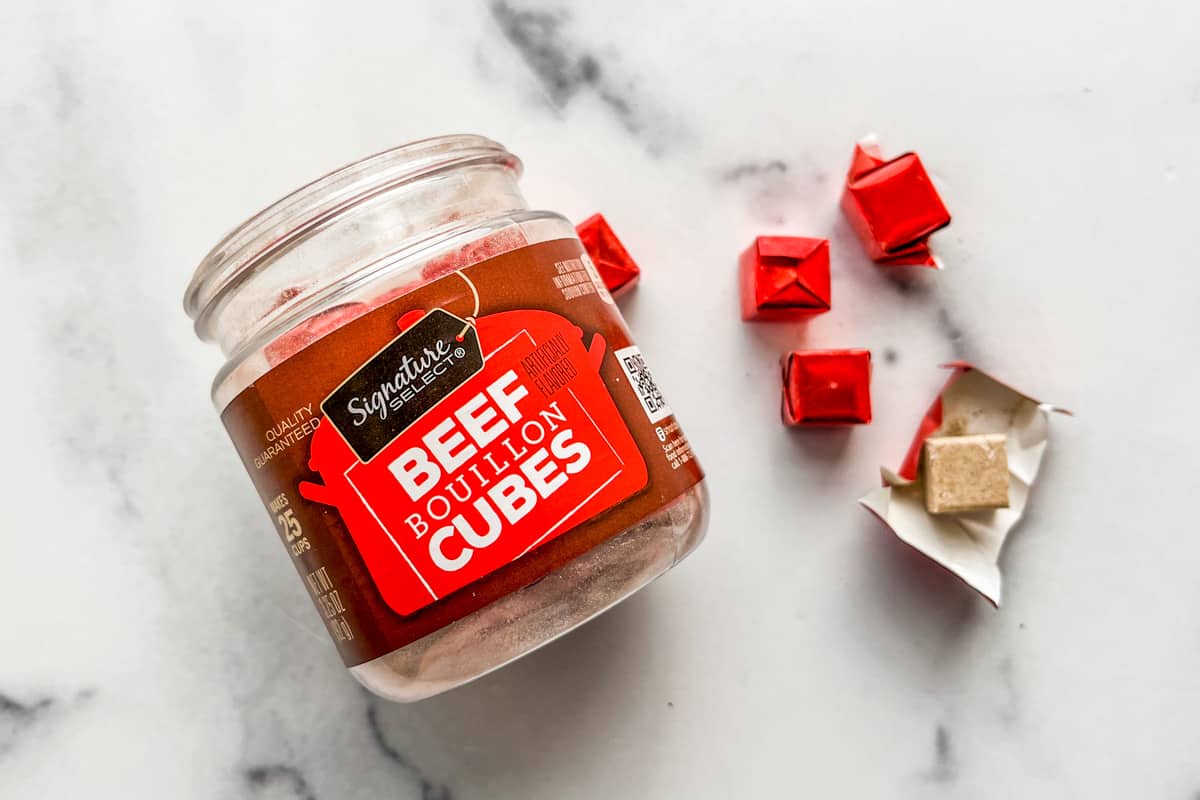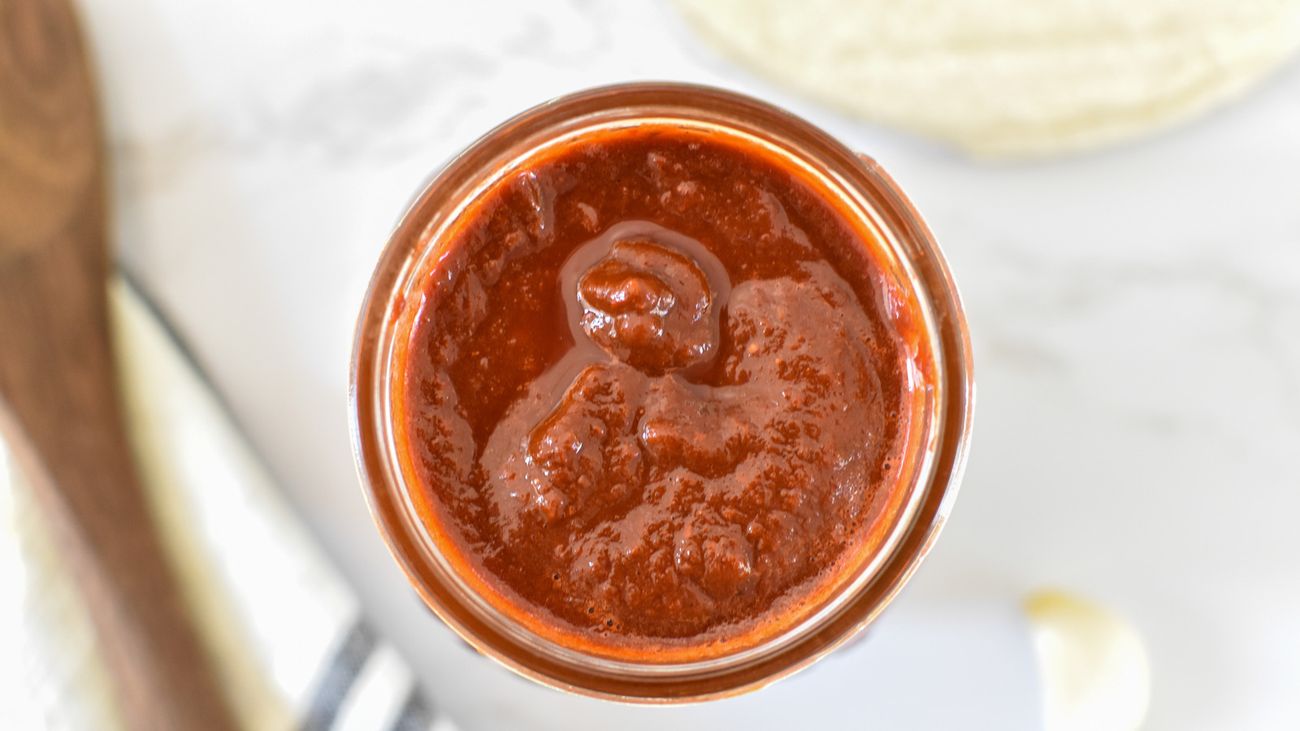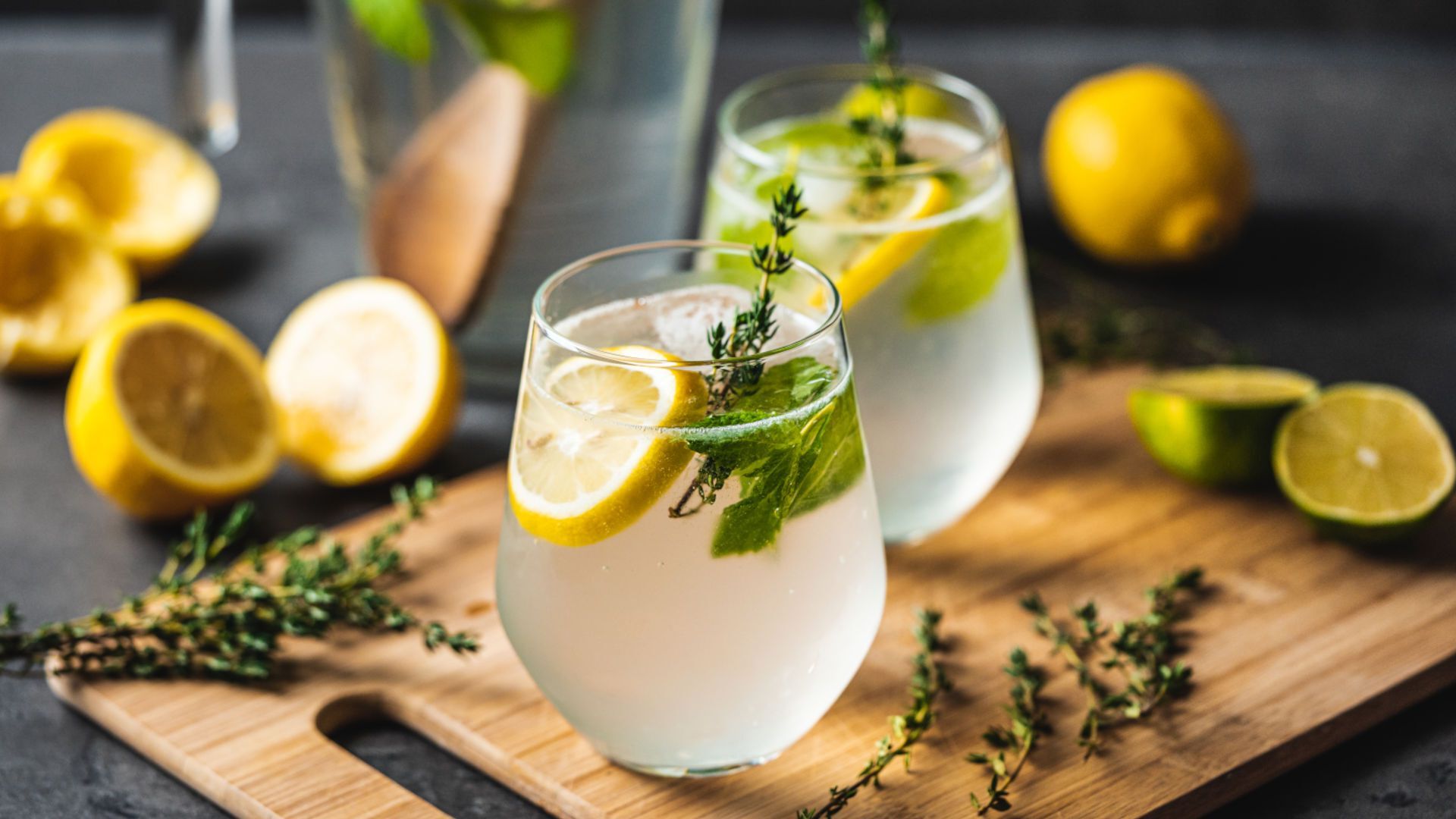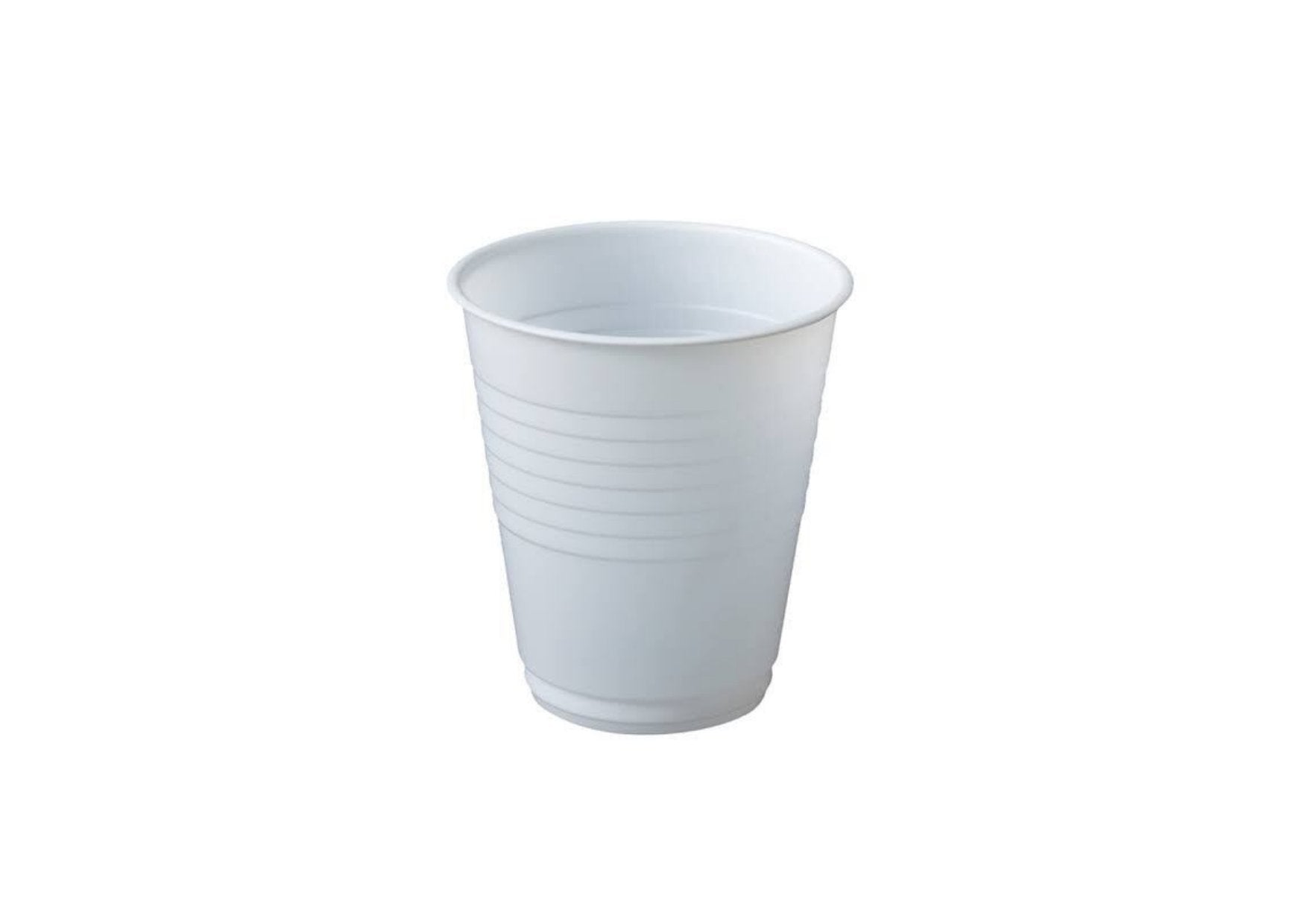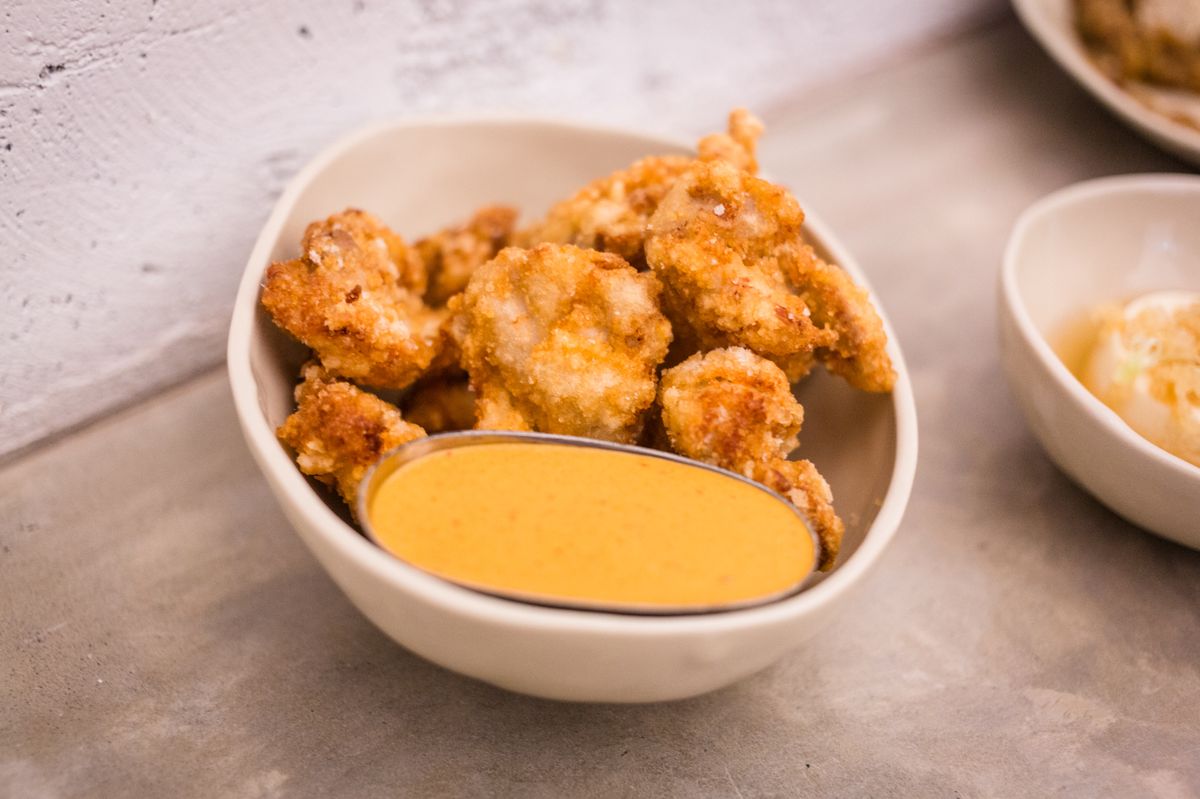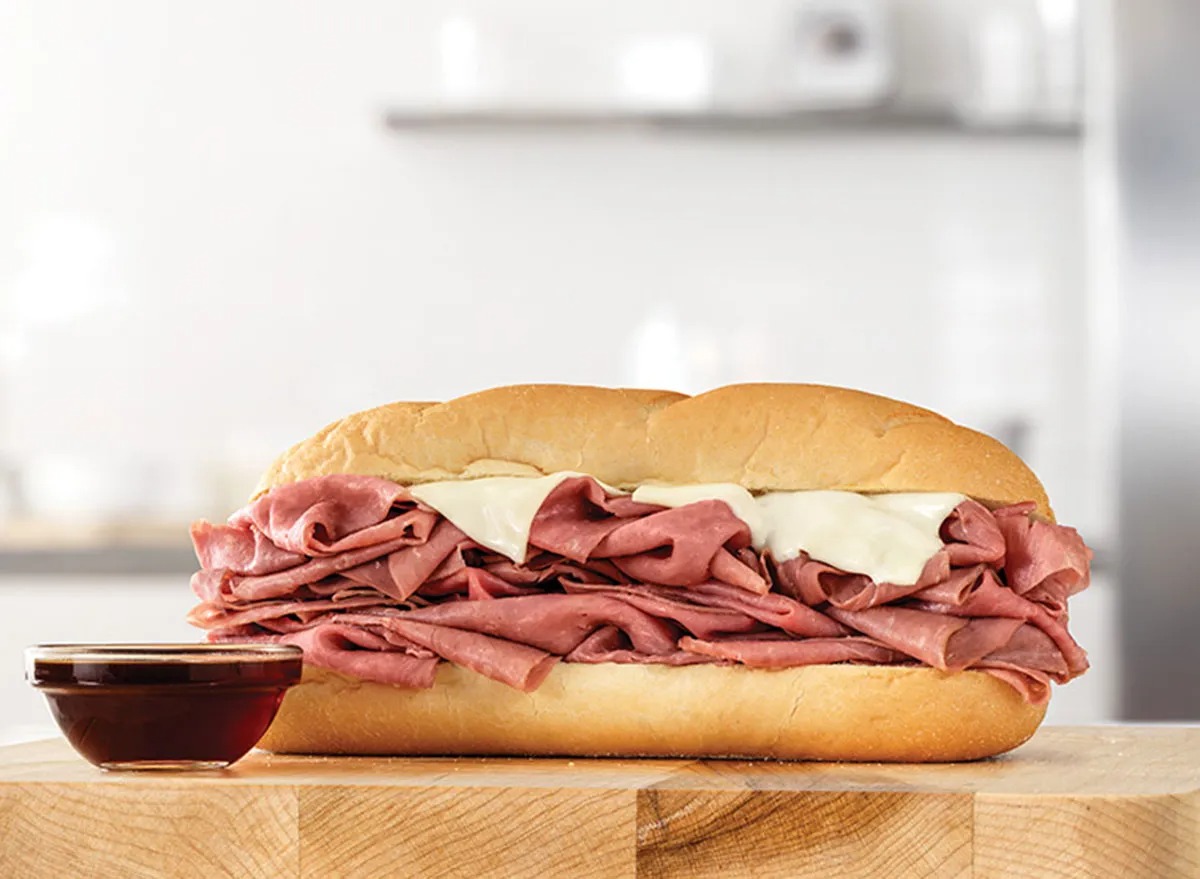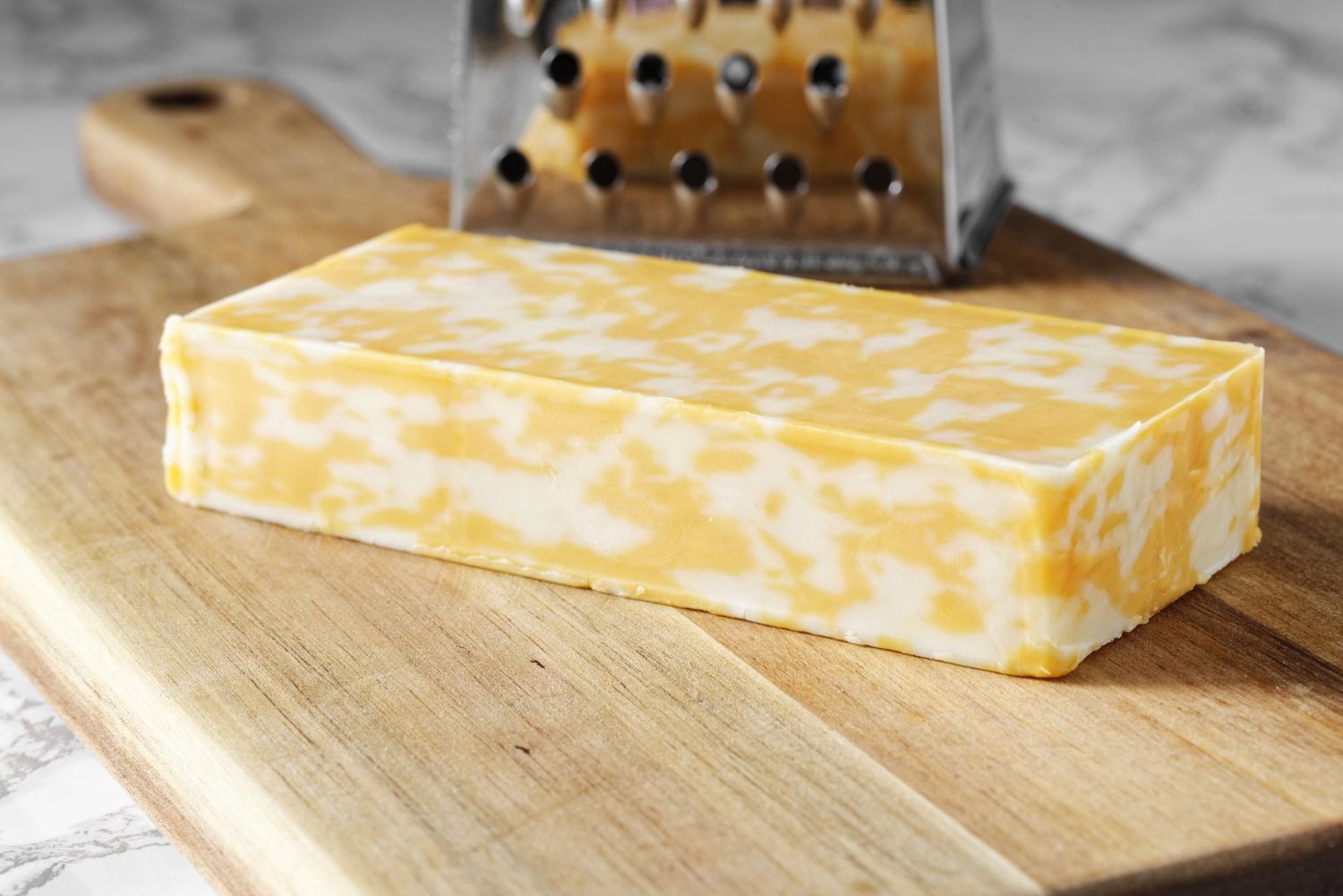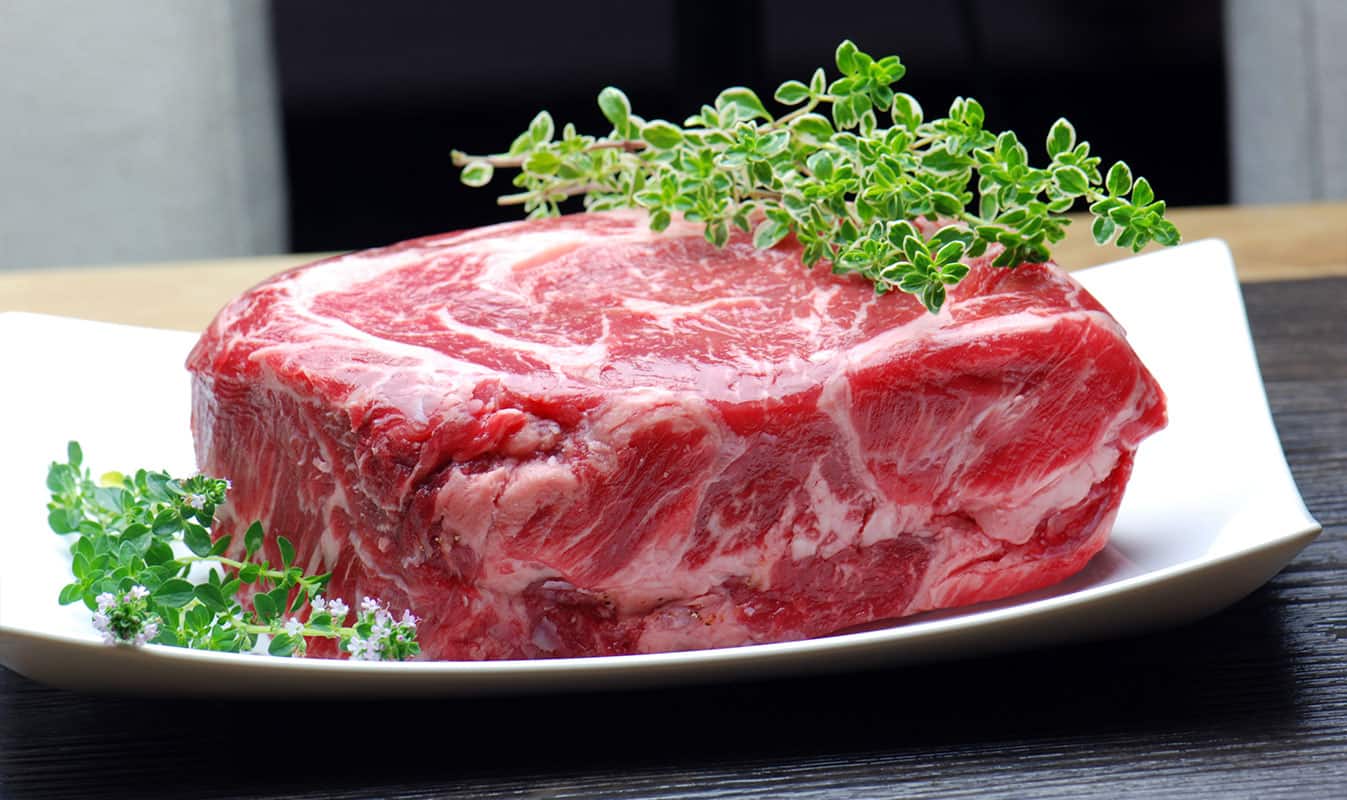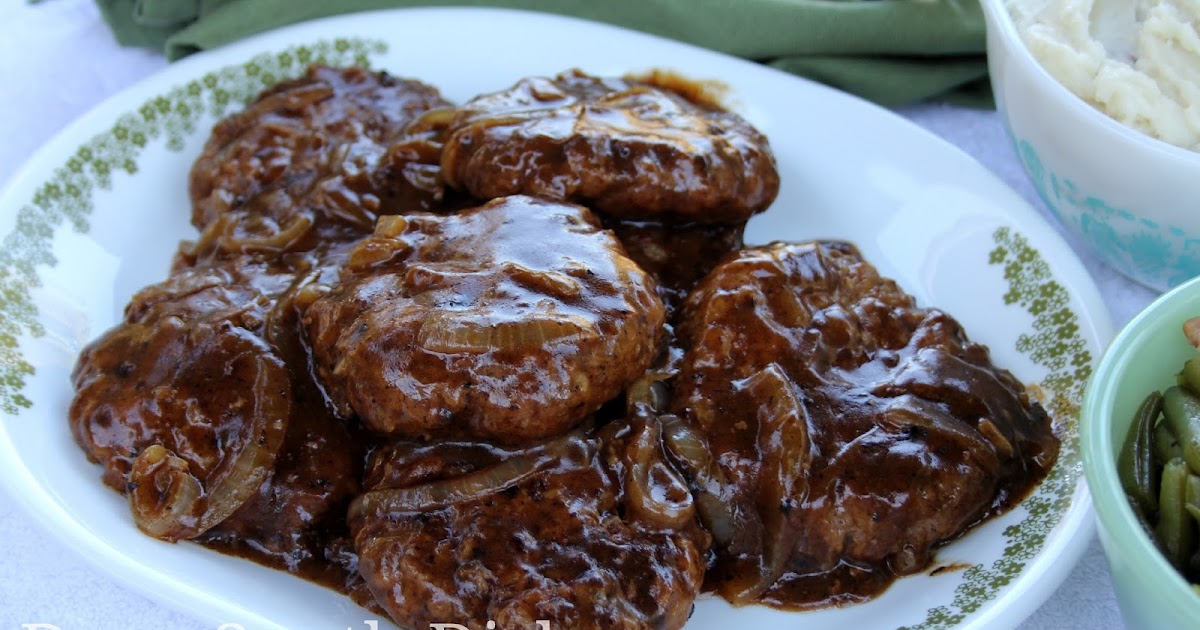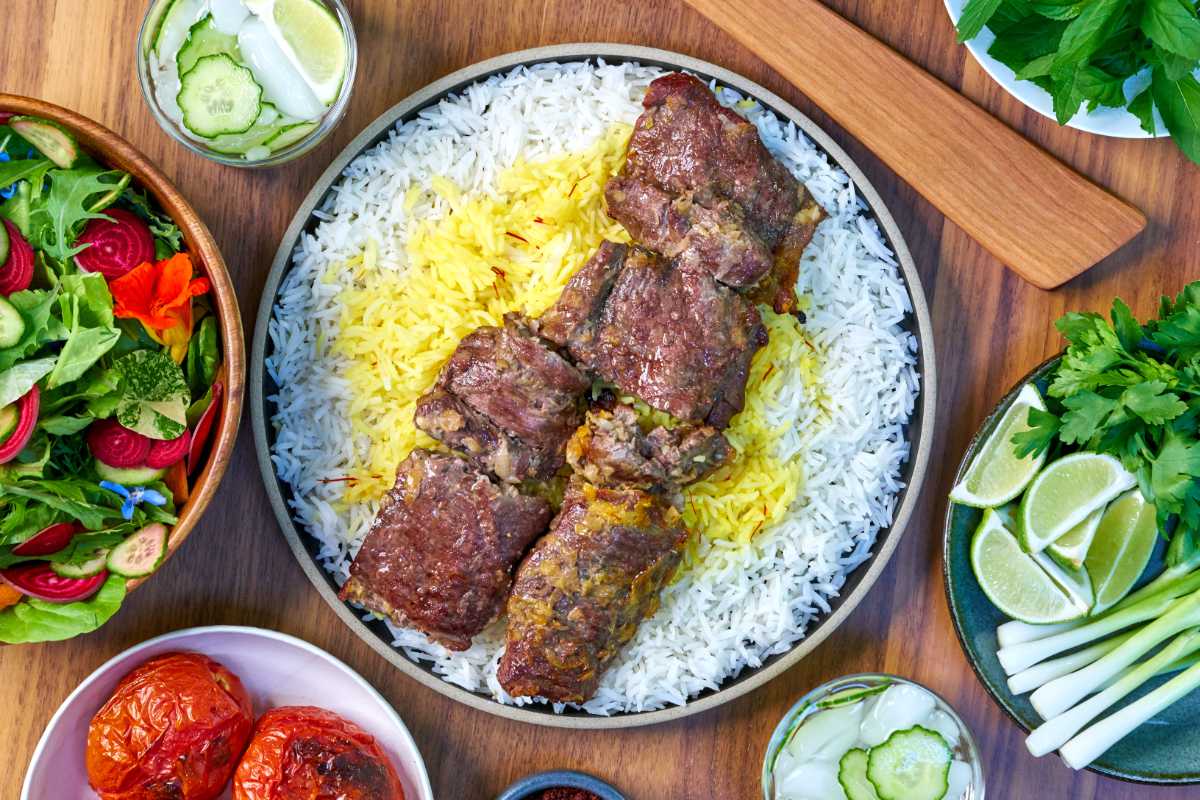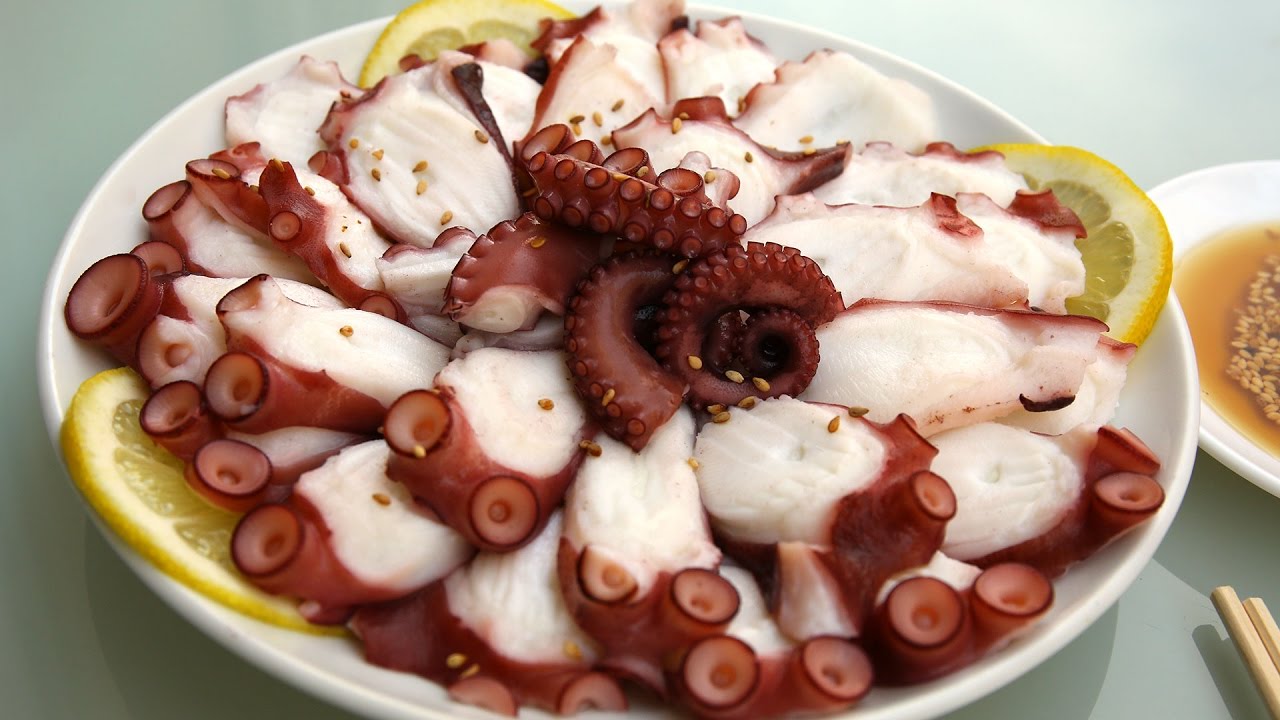Understanding the Chewy Part of Chicken
Chicken is a versatile and delicious protein that is enjoyed by people all over the world. Whether it’s grilled, fried, or baked, chicken is a staple in many cuisines. However, have you ever noticed that sometimes, certain parts of the chicken can be a bit chewy? Let’s explore what causes this chewiness and how to avoid it.
What Causes the Chewy Texture?
The chewy part of chicken is often attributed to the presence of connective tissues, such as tendons and ligaments. These tissues are composed of collagen, a protein that becomes tough and chewy when not cooked properly. Additionally, overcooking chicken can also lead to a chewy texture, as the proteins in the meat become tightly coiled and tough.
Identifying the Chewy Parts
When preparing chicken, it’s essential to be able to identify the chewy parts so that you can take the necessary steps to address them. The most common chewy parts of chicken include:
- Gristle: This tough, cartilaginous tissue is often found in the joints and breastbone of the chicken.
- Tendons: These fibrous tissues connect muscles to bones and can be chewy if not cooked properly.
- Skin: While chicken skin can be delicious when crispy, it can become chewy if not cooked thoroughly.
Preventing Chewiness
To prevent the chewy texture in chicken, consider the following tips:
- Cooking Method: Opt for cooking methods that involve moist heat, such as braising or stewing, to help break down the collagen in connective tissues.
- Marination: Marinating chicken in acidic ingredients like lemon juice or vinegar can help tenderize the meat and reduce chewiness.
- Proper Cooking Time: Avoid overcooking chicken, as this can lead to a tough and chewy texture. Use a meat thermometer to ensure that the chicken reaches the appropriate internal temperature without overdoing it.
Enjoying Tender Chicken
By understanding the factors that contribute to the chewy part of chicken and implementing proper cooking techniques, you can enjoy tender and flavorful chicken dishes. Whether you’re making a classic roast chicken or a spicy chicken curry, paying attention to the chewy parts and taking steps to address them will result in a more enjoyable dining experience.
Next time you prepare chicken, keep these tips in mind to ensure that every bite is tender and delicious.
Was this page helpful?
Read Next: What Is Cherry Blossom Chicken
